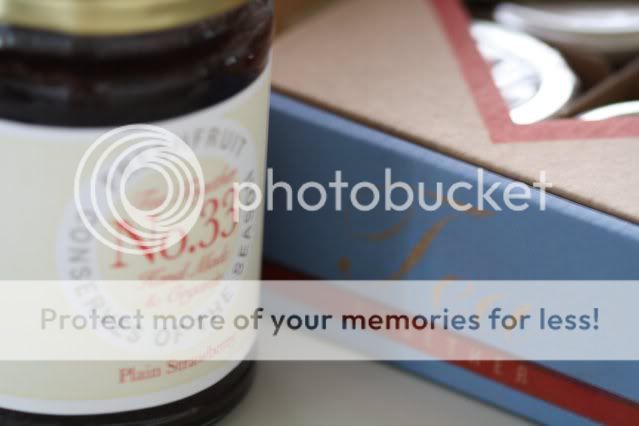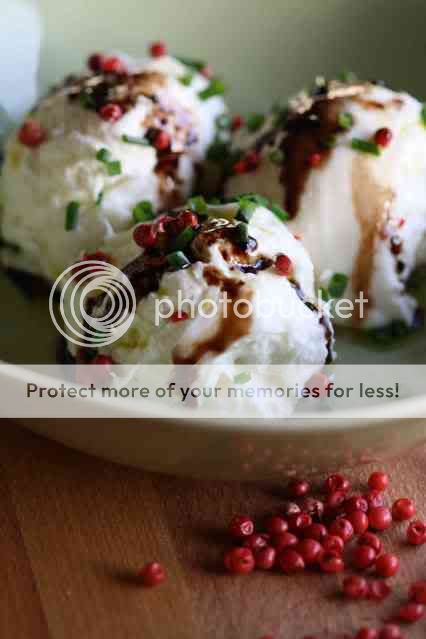
I’m certain my great-grandmother would be very confused if she found out that learning to can and preserve was a novelty for me. I never met the woman, but raising nine children in a very rural section of Mississippi would have made the process a necessity, not a novelty in her life. The reality of my life includes a farmers’ market almost every day of the week in the greater Los Angeles area as well as a 24-hour grocery store a mile from my house that carries every imaginable fruit and vegetable including corn and tomatoes in the dead of winter. I won’t comment on the flavor of those winter tomatoes, or the distance they likely had to travel to make it to my market but they’re there which means the thought of canning or preserving my backyard produce for use throughout the year has never been a priority of mine. This year, I’m determined to change that.
It may be the expansion of the growing area in my backyard and the knowledge that if all goes well our garden really will runneth over this summer or it could be the impulse purchase of canning supplies on a recent Sur La Table trip; either way it was time to try my hand at canning. The garden is filled with more seedlings than actual food at this point in the season so I headed off to the farmers’ market in search of organic strawberries to make jam. I found a flat of organic camarosa strawberries that the farmer was willing to let go for $20. He assured me that of his three different varieties, these strawberries would make the best jam.
I used a recipe that was featured in a
Los Angeles Times story on Edon Waycott, the woman who makes jams for La Brea Bakery. I figured if her preserves were good enough for Nancy Silverton, then they would certainly pass muster in my kitchen. The process itself is very simple, just slightly time consuming. The strawberries are hulled, left at room temperature while they macerate in lemon juice and sugar and then cooked down over medium heat until they gel. The jam is then cooled slightly before starting the canning process.

Full instructions for canning can be found
here. Just keep in mind that you shouldn’t touch the jars, especially their lids, until they are completely cool. And that popping sound you hear coming from the kitchen? Don’t worry, those are the lids sealing shut, not popping open. For a seasoned canner, I’m sure that seems obvious, but for this beginner those pops sounded like the whole process going to ruin.
*Be sure to keep reading after the recipe for info on the best store-bought jam I have ever tried.

Strawberry Jam
Makes 12 8 oz Jars
3 - 4 quarts strawberries (12 pint baskets)
2 cups sugar
3 T lemon juice
Rinse and hull the berries. Combine the berries, sugar and juice in a nonaluminum bowl and let them sit at room temperature, stirring occasionally (once an hour or so), for 3 to 4 hours (after the strawberries had macerated for 4 hours, I covered them and put them in the fridge overnight to allow plenty of time the next day for the cooking and canning process, but this is not necessary).
Scoop the strawberries and their juices into two wide, shallow saucepans (or one if you have a pan that big) and place over high heat. Bring to a boil, skim the foam that collects on the surface, then reduce the heat to low, making sure the mixture continues to simmer. After 20 - 30 minutes, the berries will give up additional juices. When you notice the extra liquid, continue cooking and skimming the foam for another hour. Let the mixture cool slightly before continuing with the canning process found
here.

The preserves turned out deliciously. I was a bit concerned that the whole mixture was too runny and didn’t look as thick as store-bought jam, but lucky for me, providence stepped in. The day after I finished making my preserves, I was contacted by a company called Tea Together. They make small-batch, handmade organic jams, preserves and chutneys in Northern France and wanted to send me some samples to try. Having just finished my own batch of preserves using organic fruit, I was thrilled to have something from the professionals to compare it to. I had no idea what I was in for.
As soon as the samples arrived I pulled out the jar of strawberry preserves to compare to my own. I was thrilled to see that their batch was just as runny and chunky as mine. In fact while doing some research I found that Judith Gifford, one of the founders of Tea Together, had the perfect advice for me:
“Erase from your brain all notions about jam that you have from the shop-bought variety," says Judith. "The big producers can always do smooth, bright, bland and tidy much better than you can. So don't waste precious cooking time fishing out the pips, straining or trying to achieve a rigor-mortis set. Instead, consider the fruit you have chosen to immortalize (well, for a little while, anyway) as jam. What is it exactly about this perfume, this taste, this texture, that does it for you? Aim to end up with a jam that has character, vibrancy, individuality, and that gives back to you, in spades, what it is you love about that fruit.” (As reported by
Anita Chaudhuri)

After reading that quote, I knew I was in love. How could you not be drawn in by a company that feels that way about food? And trust me, that philosophy is apparent in their jams. They don’t seem processed or mass-manufactured at all. It’s as though your mother sent you a bottle of homemade preserves and your mother is the best jam maker you have ever met. I knew we (the boyfriend and I) had to hold a taste test for the other products, so I made a batch of
these scones and down we sat, resigning ourselves to the fact that we would have to spend the morning eating some of the best jam I’ve ever laid my hands on, slathered all over fresh-from-the-oven scones. Poor us.
My favorites are #33 (strawberry jam) and #14 (rhubarb, lemon and angelica). The boyfriend, with his British roots, fell in love with #15 (summer pudding with vanilla pod) based on the British dessert, Summer Pudding (note to self, make Summer Pudding for the boyfriend). Did I mention the founders are British ex-pats? That helps to explain the delightful British aesthetic of the packaging. In case it wasn’t already abundantly clear (PG Tips, boyfriend’s British side of the family, inappropriate squeals upon hearing someone say “the tube”), I’m an anglophile.
You can check out the company and products online at
Tea Together or, if you happen to live in New Jersey, they’ve just opened a shop in
Millburn. If you’re lucky enough to live in France, be sure to check out the list of local French suppliers. The jams are not cheap, but if you share my philosophy that good food costs money and that the artisans who create flavorful, good-quality food products deserve to be compensated for their efforts, then the cost will not seem off-putting. If you have yet to be convinced of this philosophy, I suggest you plant an edible garden. The flavor of the fruits and vegetables you get from your own yard will far surpass that which you find in the grocery store, but the real lesson will be in the amount of work it takes to get those plants to production stage. It certainly opened my eyes to the hard work of farm life. By the way, no judgment here at all - we’re all watching our pennies these days, but for something this special, I’m willing to splurge. Maybe you are too.
























